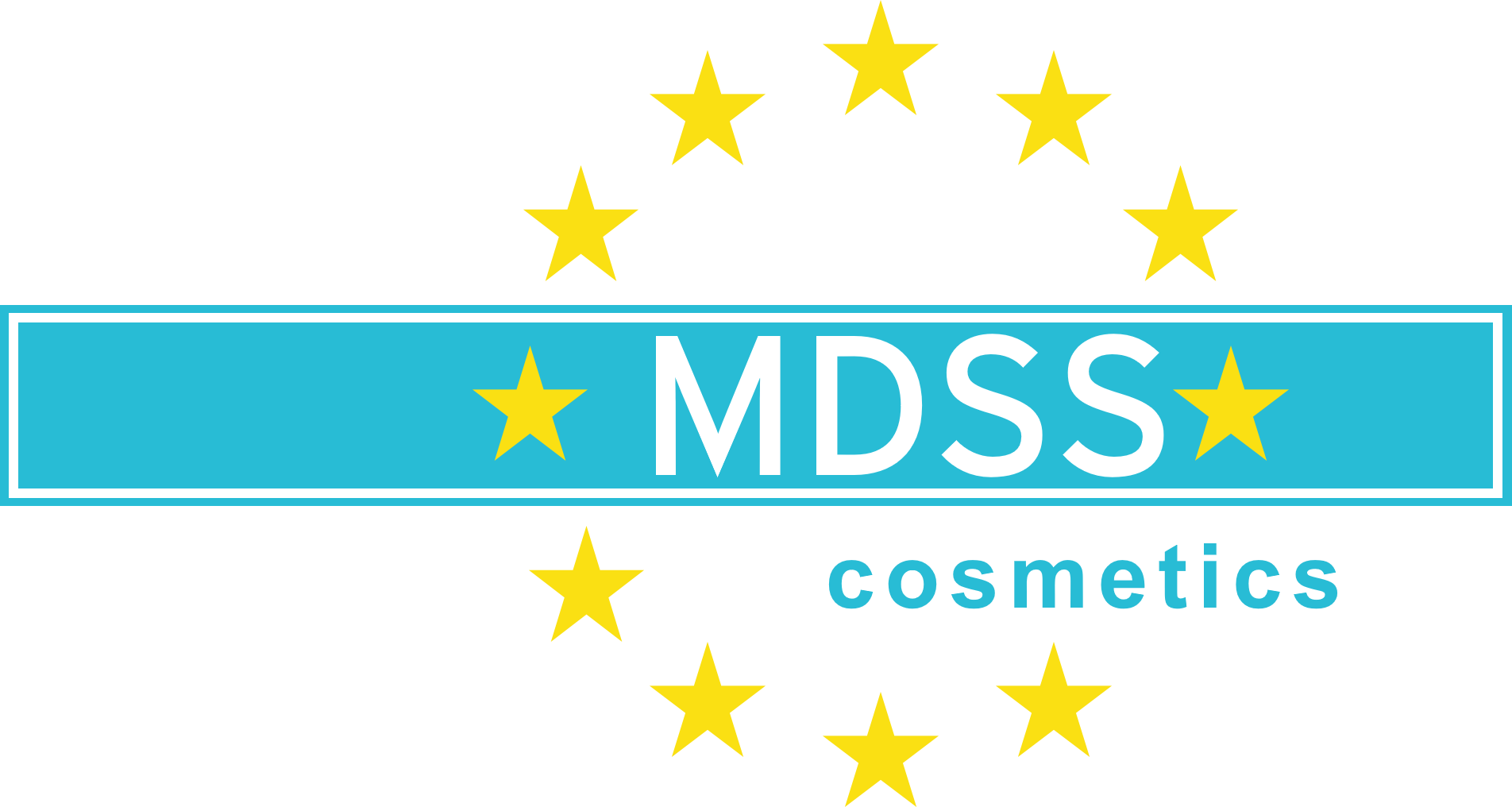- July 17, 2023
- Posted by: MDSS Cosmetics
- Category: Cosmetics

European Commission: Proposal for further restrictions of the cyclosiloxanes D4, D5, and D6 in cosmetics and other consumer products
On June 22, 2023, the European Commission (EC) introduced proposed amendments to Annex XVII of the Regulation (EC) No 1907/2006 (REACH) [1]. This document suggests to further restricting the use of Octamethylcyclotetrasiloxane (D4), Decamethylcyclopentasiloxane (D5) and Dodecamethylcyclohexasiloxane (D6) in cosmetics and other consumer products to a concentration equal to or greater than 0.1% by weight. The draft will be open for comments until August 21, 2023.
While proposing a general two-year transitional period, leave-on cosmetics on the other side will be granted a three-year transitional period, considering “the significant costs to industry to reformulate a high number of leave-on cosmetic products per year”. The Commission concludes that such a transitional period for leave-on products “will be appropriate”.
D4, D5 and D6 are cyclic volatile methyl siloxanes (cVMS) with four, five and six siloxane groups. Their chemical properties provide several benefits for cosmetic products such as hair and skin care products, providing smooth texture and improved haptic properties. Additionally, they are used as emollient supporting to moisturize and condition skin and hair.
Despite the technical benefits, severe concerns about the potential impacts to the environment were claimed throughout the years, also considering their high production volume and multiple applications. Particularly, cyclosiloxanes were found to resist biodegradation, accumulate in ecosystems over a long time and causing magnification in food webs. It is proposed that prolonged exposure to high levels of these substances may have adverse effects on aquatic organisms, including fish and aquatic invertebrates[2].
To address these concerns, the Commission already set up restrictions regarding the use of D4, D5 and D6 in cosmetic products: As of 31st January 2020, the concentration of D4/D5/D6 in rinse-off cosmetics has been already restricted to less than 0.1% by weight of either substance, according to the Commission Regulation (EU) 2018/35 of 10 January 2018.[3] Practically, this restriction already declared D5 and D6 as no longer usable in cosmetic products intended for the EU market.
Furthermore, the EU Cosmetics Regulation[4] already includes a complete prohibition of D4 (Annex II-1388) for all cosmetics, based on the classification “suspected to be toxic to reproduction” and “very toxic to aquatic life with long lasting effects”[5]. In consequence, manufacturers using D5 and D6 for their products must monitor the technically avoidable presence of D4 in their raw materials (in accordance with Article 15 of the EU Cosmetics Regulation).
The EC draft follows the Annex XV dossier issued by the European Chemicals Agency (ECHA) in March 2019[6], demonstrating the necessity of action to address the risks to the environment posed by the use of those substances, especially in cosmetics. The ECHA considers that alternatives to D4, D5 and D6 exist and the “reformulation or transition to alternatives should be feasible if sufficient transition time is given.”
The cosmetic industry is proactively responding to those concerns, also carrying out research for alternative ingredients and reducing the overall usage of cyclosiloxanes. However, despite the existence of certain alternatives (e.g. silicone copolyols, dimethicones, etc.), separate formulations must be revised depending on their intended use and characteristics on a case by case basis.
[1] https://tinyurl.com/2yc4ktgo
[2] https://www.sciencedirect.com/science/article/pii/S0048969719360073
[3] https://eur-lex.europa.eu/legal-content/EN/TXT/?uri=CELEX%3A32018R0035
[4] https://eur-lex.europa.eu/legal-content/de/ALL/?uri=CELEX:32009R1223
[5] https://echa.europa.eu/de/substance-information/-/substanceinfo/100.008.307
[6] https://echa.europa.eu/documents/10162/039f5415-d7a2-b279-d270-0d07e18f6392



